 Your new post is loading...
 Your new post is loading...

|
Scooped by
Gust MEES
|
Synopsis
Teaching creatively, no matter the age group, grade level, or subject matter, not only improves the students’ creativity skills but also enhances their executive function networks.
… To be ready for college, the workforce, and a life in a technological society, students need the ability to gather, comprehend, evaluate, synthesize, and analyze an overwhelming volume of information … Executive Functions plus a strong base of core knowledge are the essential skills for success in today’s world. For students to think critically, collaboratively, and communicate effectively, these must be strengthened. To adequately prepare for success in careers or higher education, students need guided opportunities to construct strong networks of executive functions. Without this preparation to develop executive functions during the school years, students can fall short. They may lack requirements for higher education and the competitive job market including the skill sets needed for cognitive flexibility, successful communication, collaboration, or creative innovation. Learn more / En savoir plus / Mehr erfahren: https://www.scoop.it/t/21st-century-learning-and-teaching/?&tag=Creative-Thinking

|
Scooped by
Gust MEES
|
Open today 12 to 5PM*
Guests of all ages can follow in the inventive footsteps of Thomas Edison, Alexander Graham Bell and Leonardo da Vinci in the new and improved Tinkering Studio! Work

|
Scooped by
Gust MEES
|
Some people seem motivated to be proactive whereas most people seem to be reactive. Many proactive people also seem to be more creative than most people. In all organizations, there is the need for problem solving. A problem is something that prevents you from doing what you are supposed to do. Most people want to use creativity to 'solve problems'. This is excellent and a very important use of creativity. But in proactive thinking you set out to do something, but cannot foresee the benefits until you have the idea. Is there a connection between pro-activity and creativity? This course will demonstrate the power of linking proactive thinking with creativity by demonstrating the benefits that proactive thinking brings to creativity. Read more, a MUST: http://www.aucegypt.edu/offices/HR/training/Workshops/Pages/The-Secrets-of-Proactive-and-Creative-Thinking---The-Anticipating-Mindset.aspx

|
Scooped by
Gust MEES
|
Teachers spend countless hours learning new tools to use in class, but do they set aside any time for students to learn these new tools as well? Gust MEES: I said this already years ago and I used it also with adults, seniors + kids and it's working well! Just show them one of the tools YOU are using, tell them it's your secret tool (it makes them curious...) and explain how it works and then give them a challenge to do it better... You will engage them and the challenge will bring out a lot of creativity... BUT, don't make a time limit, give them the time they need to work it out... Tip: read the books of Howard GARDNER "Multiple Intelligences" + "5 Minds for the future" as also books from Daniel GOLEMAN about Emotional Intelligence and YOU will understand... In one phrase: make a win-win situation with your learners, show them your "secret" Educational Tools and use them to engage your learners, they will learn "BETTER" ;) Best would be to make your own curation and share it with them, but also to ask your learners to create also in parallel their own curation about it... Read more: http://www.edutopia.org/blog/student-professional-development-nicholas-provenzano

|
Scooped by
Gust MEES
|
"Creativity is driven by Social dynamics.
Creativity is the result of a set of relationships with a strong social dimension and emotional. It is a collaborative environment (and this is where HR can play a significant role), hence the change of focus towards the organizational culture and transformation in design organizations.” “We need an inclusion in this dialogue from artists, from poets, from writers — from ===> people who can bring a human element into this discussion. <==== Because I believe that this world of data is going to be transformative to us.” Read more...
Via Karen Steffensen, michel verstrepen, Joao Brogueira

|
Scooped by
Gust MEES
|
As you read this, students all over the country are sitting for state standardized exams. Schools spend up to 40% of the year on test prep, so that, shall we say, no child is left behind. Schools used to be gatekeepers of knowledge, and memorization was key to success. Thus, we measured students’ abilities to regurgitate facts and formulas. Not anymore. As Seth Godin writes, “If there’s information that can be recorded, widespread digital access now means that just about anyone can look it up. We don’t need a human being standing next to us to lecture us on how to find the square root of a number.” Read more, very interesting...

|
Scooped by
Gust MEES
|
People often describe creative thinking in the form of metaphors. Read more...

|
Scooped by
Gust MEES
|
What knowing the limits of knowledge has to do with finding the frontiers of creativity. Sir Ken Robinson has previously challenged and delighted us with his vision for changing educational paradigms to better optimize a broken system for creativity. In this wonderful talk from The School of Life, Robinson articulates the ethos at the heart of The Element: How Finding Your Passion Changes Everything — one of 7 essential books on education — and echoes, with his signature blend of wit and wisdom, many of the insights in this indispensable collection of advice on how to find your purpose and do what you love. Read more...

|
Scooped by
Gust MEES
|
Thomas Edison's creative thinking lessons. By Michael Michalko... 1. CHALLENGE ALL ASSUMPTIONS. 2. QUANTITY. 3. NOTHING IS WASTED. 4. CONSTANTLY IMPROVE YOUR IDEAS AND PRODUCTS AND THE IDEAS AND PRODUCTS OF OTHERS. 5. TURN DEFICIENCIES TO YOUR ADVANTAGE. 6. RECORD YOUR IDEAS AND THOUGHTS. Read more...

|
Scooped by
Gust MEES
|
"The results provide evidence that the human executive system favors creativity for compensating its limited monitoring capacity" explained Dr. Koechlin In a new study, published March 27 in the online, open-access journal PLoS Biology, Anne Collins and Etienne Koechlin of Ecole Normale Supérieure and Institut National de la Santé et de la Recherche Médicale, France, examine frontal lobe function using behavioral experiments and computational models of human decision-making. ===> They find that human frontal function concurrently monitors no more than three/four strategies but favors creativity, i.e. the exploration and creation of new strategies whenever no monitored strategies appear to be reliable enough. <===

|
Scooped by
Gust MEES
|
In his new book, Imagine, Jonah Lehrer explores the art and science of original thinking — from Shakespearean tragedies to the invention of masking tape to Nike's "Just Do It" campaign. And when you get stuck?

|
Scooped by
Gust MEES
|
Aspects of creative thinking that are not usually taught.
Creative thinking is work. You must have passion and the determination to immerse yourself in the process of creating new and different ideas. Then you must have patience to persevere against all adversity. All creative geniuses work passionately hard and produce incredible numbers of ideas, most of which are bad. In fact, more bad poems were written by the major poets than by minor poets.
Thomas Edison created 3000 different ideas for lighting systems before he evaluated them for practicality and profitability. Wolfgang Amadeus Mozart produced more than six hundred pieces of music, including forty-one symphonies and some forty-odd operas and masses, during his short creative life. Rembrandt produced around 650 paintings and 2,000 drawings and Picasso executed more than 20,000 works. Shakespeare wrote 154 sonnets. Some were masterpieces, while others were no better than his contemporaries could have written, and some were simply bad.
Learn more:
http://www.scoop.it/t/21st-century-learning-and-teaching/?tag=Creativity
https://gustmees.wordpress.com/?s=creativity
http://www.scoop.it/t/21st-century-learning-and-teaching/?tag=Sir+Ken+Robinson
|

|
Scooped by
Gust MEES
|

|
Scooped by
Gust MEES
|

|
Scooped by
Gust MEES
|
Published on 16 June 2011 by Mike Brown in Brainzooming - All Posts, Collaboration, Communication, Creativity, Implementation, Innovation, Strategic Thinking, Strategy, Tools
We were on a call recently with an extended creative team generating ideas for client videos. During breaks, I found myself jotting down examples of important creative thinking skills the team was exhibiting. These seven creative thinking skills demonstrated during the call are ones which benefit both those who display them and those working with them too: examples of important creative thinking skills the team was exhibiting. Read more: http://brainzooming.com/7-creative-thinking-skills-important-for-you-to-have/7998/

|
Scooped by
Gust MEES
|
In 2003, Richard Florida predicted that right-brained people would rule the world in his book "The Rise Of The Creative Class." There is an economic need for the "creative class," which is why it's thriving right now, writes Florida. He says one in three Americans, or 40 million workers, belong to it.
Here's how he defines the creative class:
"I define the Creative Class to include people in science and engineering, architecture and design, education, arts, music and entertainment whose economic function is to create new ideas, new technology, and new creative content. "
It's necessary because creativity is what powers many of the new industries of our day: from social media and computer graphics to medical research and urban planning, Florida says. The current business environment means that creativity is the "most prized commodity."
Read more: http://www.businessinsider.com/why-the-creative-class-is-taking-over-the-world-2012-7?utm_source=twbutton&utm_medium=social&utm_campaign=careers

|
Scooped by
Gust MEES
|
Maybe “design” can help in understanding the importance of cultural diversity and interdisciplinarity. Why? Because, “to design is much more than simply to assemble, to order, or even to edit; it is to add value and meaning, to illuminate, to simplify, to clarify, to dignify, to dramatize, to persuade and even perhaps to amuse.”-Paul Rand Read more...

|
Scooped by
Gust MEES
|
Thumbnail descriptions of the thinking strategies commonly used by creative geniuses.

|
Scooped by
Gust MEES
|
Drawing on both the right and the left logical side is more difficult in large part because we have not used the right side much. Most education aims at nurturing the left side so after a time the right side kind of atrophies. Learning to be creative opens the door to painting or performing or pursuing a new vocation or hobby. Unfortunately, we live in a left-brained world and most people have forgotten how to exercise the right hemisphere. It takes time and effort to relearn, to let go, be creative. Making mistakes, taking risks, experimenting is all part of the formula. Yet there is profound hope because "we are all born creative," as creativity expert Sir Ken Robinson asserts. Learn more / En savoir plus / Mehr erfahren: http://www.scoop.it/t/21st-century-learning-and-teaching/?&tag=Thinking http://www.scoop.it/t/21st-century-learning-and-teaching/?&tag=Think-Different http://www.scoop.it/t/21st-century-learning-and-teaching/?&tag=Think+outside+the+box http://www.scoop.it/t/21st-century-learning-and-teaching/?&tag=Lateral+Thinking

|
Scooped by
Gust MEES
|
Albert Einstein said that “the true sign of intelligence is not knowledge, but imagination.” Students are often conditioned to think in a linear manner; read the assigned course materials, develop a paper or …...

|
Scooped by
Gust MEES
|
Creativity has taken center stage in recent years, with a slew of books, articles and TED talks extolling the virtues of imagination and exhorting young and old to go out and exercise their creative muscle. ===> The future belongs to "creators and empathizers, pattern recognizers and meaning makers," declared author Daniel Pink in the introduction to his best-selling book "A Whole New Mind: Why Right-Brainers Will Rule the Future." <===

|
Scooped by
Gust MEES
|
Are you experiencing a creative mind block? We find that when we're stumped by a problem at work we need to read or see something that is completely random -- meaning it has nothing to do with the problem at hand. For example, if you work in a business setting all day, take time to shake up your brain and look up information break dancing or how to drive a sports car or how to watercolor. Read more...

|
Scooped by
Gust MEES
|
What are the elements of a lesson plan to teach students how to think creatively and critically? And how do we measure what they've learned?
|



 Your new post is loading...
Your new post is loading...

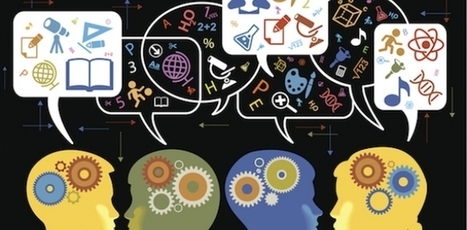

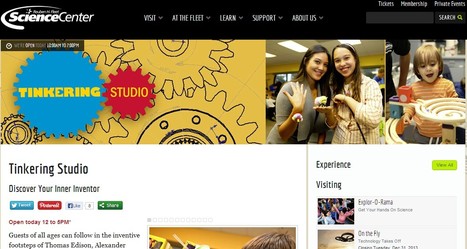

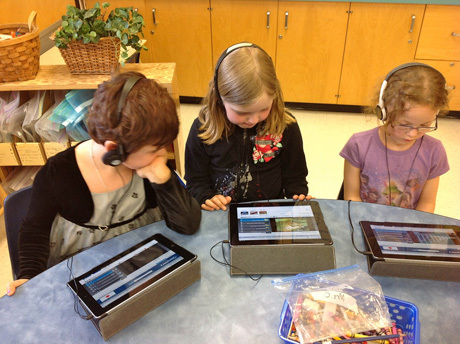

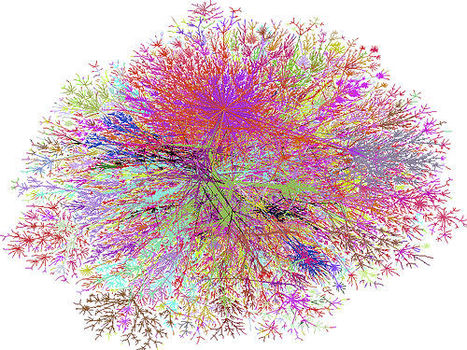


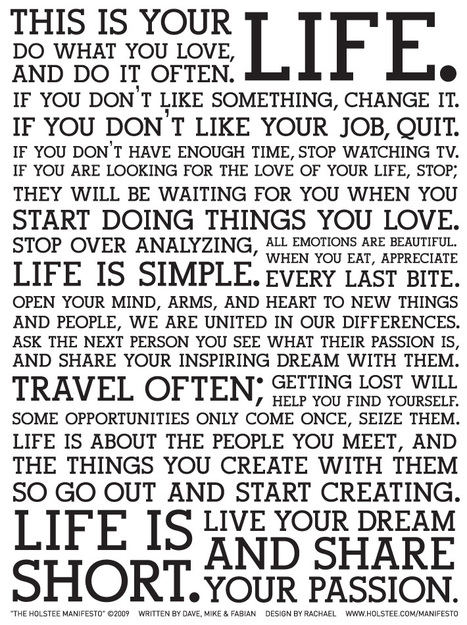
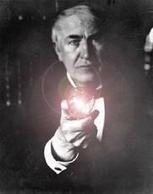




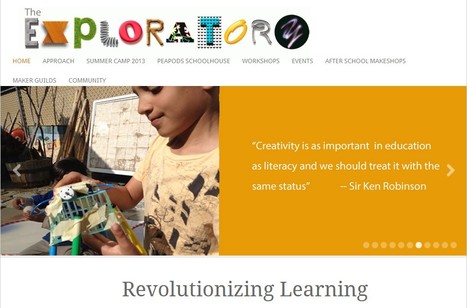
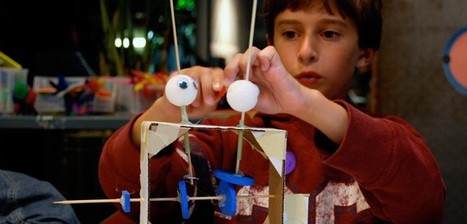
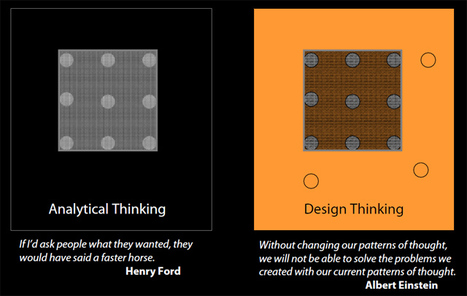


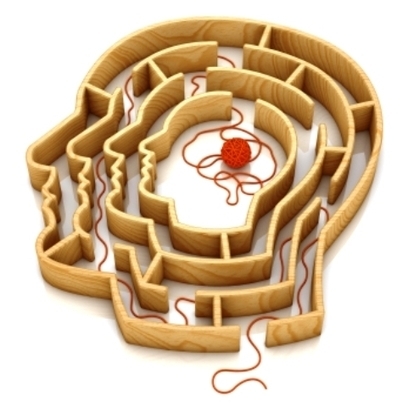




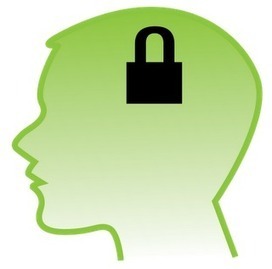






To adequately prepare for success in careers or higher education, students need guided opportunities to construct strong networks of executive functions. Without this preparation to develop executive functions during the school years, students can fall short. They may lack requirements for higher education and the competitive job market including the skill sets needed for cognitive flexibility, successful communication, collaboration, or creative innovation.
Learn more / En savoir plus / Mehr erfahren:
https://www.scoop.it/t/21st-century-learning-and-teaching/?&tag=Creative-Thinking